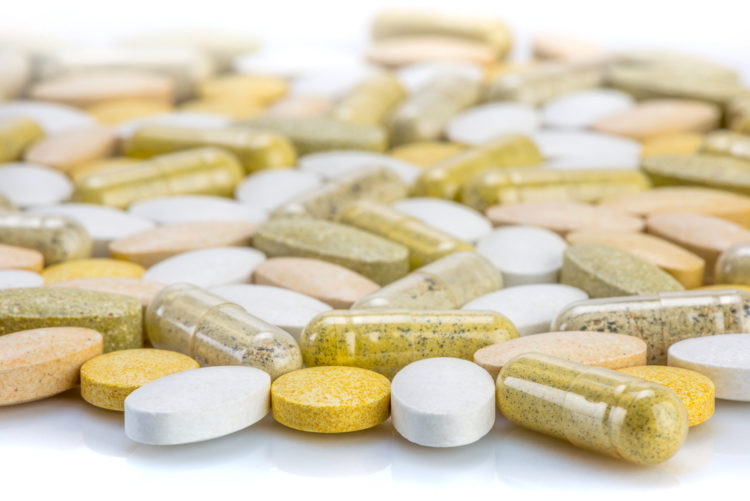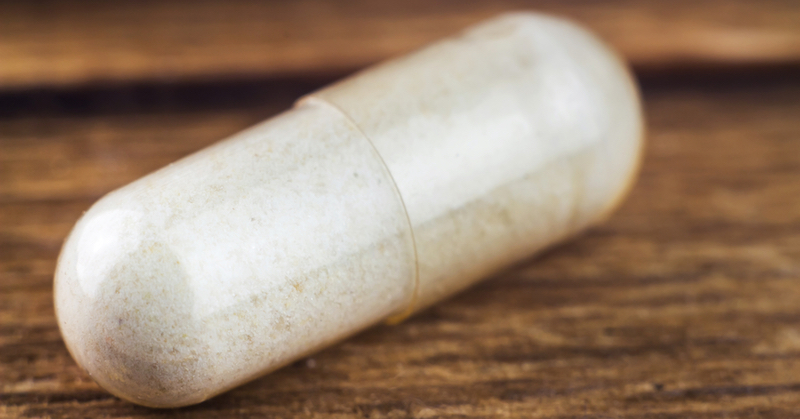Alpha lipoic acid (ALA) is a potent compound made by the body. Also simply called lipoic acid, ALA operates within our cells as a powerful antioxidant. Not only is it a precursor for other antioxidants, such as glutathione, but it prevents cell damage, restores vitamin levels, breaks down carbohydrates, and boosts energy. (1)
Although ALA naturally occurs in the body, many people choose to supplement levels by eating foods rich in ALA or taking pills. The scientific community is now powering research on lipoic acid and diabetic neuropathy, as well as treatment for insulin resistance. (2)
Types of Alpha Lipoic Acid
Now, don’t confuse this ALA with the omega-3 fatty acid, Alpha Linolenic Acid, found in chia and flaxseed. That ALA is a precursor in the body for EPA and DHA. The ALA we’re talking about here has different functions in the body. (3)
Alpha lipoic acid offers two mirrored forms – one known as S-α-lipoic acid, and another known as R-α-lipoic acid. S-ALA is a synthetic form derived from a chemical process, while R-ALA is the natural form that your body produces. (4)
Commercial ALA supplements generally contain an even mixture of both types. In fact, when scientists create ALA supplements, they create equal amounts of both R-ALA and S-ALA. Unfortunately, the S- form may counteract the R- form, and the liquid form may be better than the solid pill, as well. (5)
Uses for ALA Supplements

Diabetes
Several studies have shown that ALA works to help lower blood sugar levels and improve insulin sensitivity. Researchers also believe the antioxidant works to relieve diabetic peripheral neuropathy, which causes pain, burning, itching, and numbness due to nerve damage. Further, taking oral supplements of ALA at 600mg daily saw a significant decrease in type 2 diabetes symptoms. (6, 7)
Stroke
Studies have shown that ALA helps restore parts of the brain damaged by stroke. This is largely due to the fact that ALA easily passes into the brain where it can interact with nerve tissue. In addition, ALA may increase the post-stroke survival rate up to four times. (8)
ALA can also prevent a stroke. For this purpose, leading nutritionist and psychologist Patrick Holford recommends combining an ALA supplement with 100 to 200mg of vitamin E to reap the full benefits. (9)
Glaucoma
Glaucoma, which damages optic nerves, may lead to loss of vision. Studies have found that ALA treats glaucoma by limiting the amount of cell death and dysfunction caused by it. (10)
In one study, participants were given 150mg of ALA per day. 45-47% of them showed improvement in their vision. (11)
Precautions

As you would with any supplement, contact your healthcare provider before taking ALA for any reason.
If you are also taking medication for a specific health condition, then wait for your doctor’s OK. For example, if you are taking existing diabetes medications, your dosage may need to be adjusted to compensate for your reaction to alpha lipoic acid. Since it helps with glucose metabolism, it may affect your blood sugar medication.
Researchers have yet to study ALA supplementation in children or in pregnant and breastfeeding women. So using food sources instead of supplements would be best.
Side effects from taking ALA supplements are very rare, but can include skin rash, fatigue, and diarrhea. (12)
Food Sources

Getting your alpha lipoic acid from food may have little impact on the availability of the compound in the body. As such, try using supplements instead of relying on diet as your source of ALA, especially if you’re trying to treat a health condition or see major results. (13)
But while you won’t want to rely on ALA in foods entirely, that doesn’t mean it won’t do you some good. Here are a few food sources that contain it:
- Liver
- Broccoli
- Spinach
- Yeast
- Brussels sprouts
- Peas
- Tomatoes
Do you take ALA supplements? What benefits have you noticed? Let us know!


